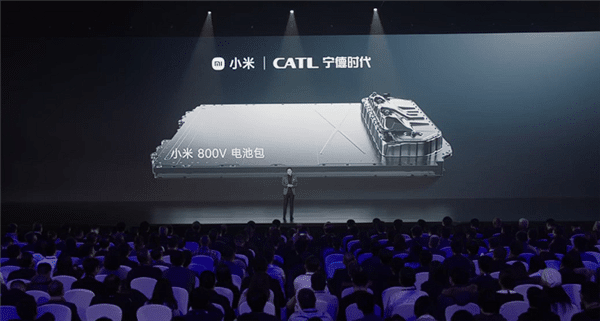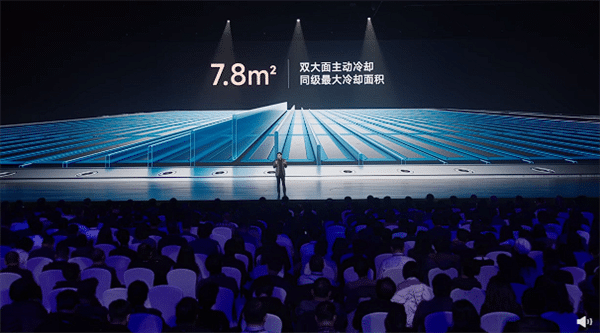During the Xiaomi Auto Technology Conference, Lei Jun announced that Xiaomi had autonomously developed a high-voltage silicon carbide platform operating at 800V.
Simultaneously, he pointed out that many purported 800V systems in the current market fall short, with some barely exceeding 700V, and in certain instances, dipping below 500V. Despite industry conventions referring to them collectively as 800V, Xiaomi refuses to conform to this practice. According to reports, Xiaomi 800V Silicon Carbide High Voltage Platform has surpassed expectations, reaching 871V. Lei Jun emphasized that it has essentially met the 900V standard.
In addition to this achievement, Xiaomi Auto has pioneered CTB-integrated battery technology, resulting in a remarkably slim battery pack with a thickness of only 120mm and a 91% reduction in the wiring harness. Furthermore, Xiaomi’s self-developed 800V architecture can accommodate batteries with a capacity of up to 150 kWh, leading to a CLTC cruising range that exceeds 1,200 kilometers. The current mature system has 132 kWh, and at the time of development, the CLTC cruising range already surpassed 1,000 kilometers.
Expanding on Xiaomi’s advancements, Lei Jun highlighted that Their batteries use cell inversion technology, which is industry-first. It has 17 layers of high-voltage insulation protection, the largest cooling area in its class at 7.8m², and is insulated using 165 pieces of airgel. In addition, Xiaomi Auto also supports the car-cloud collaborative safety warning system, which claims to have 10 times the industry-level detection frequency, 2 times the Chinese national standard data volume, and 24-hour cloud protection.
Read Also: Xiaomi SU7 is A C-class High-Performance Ecological Technology Car



